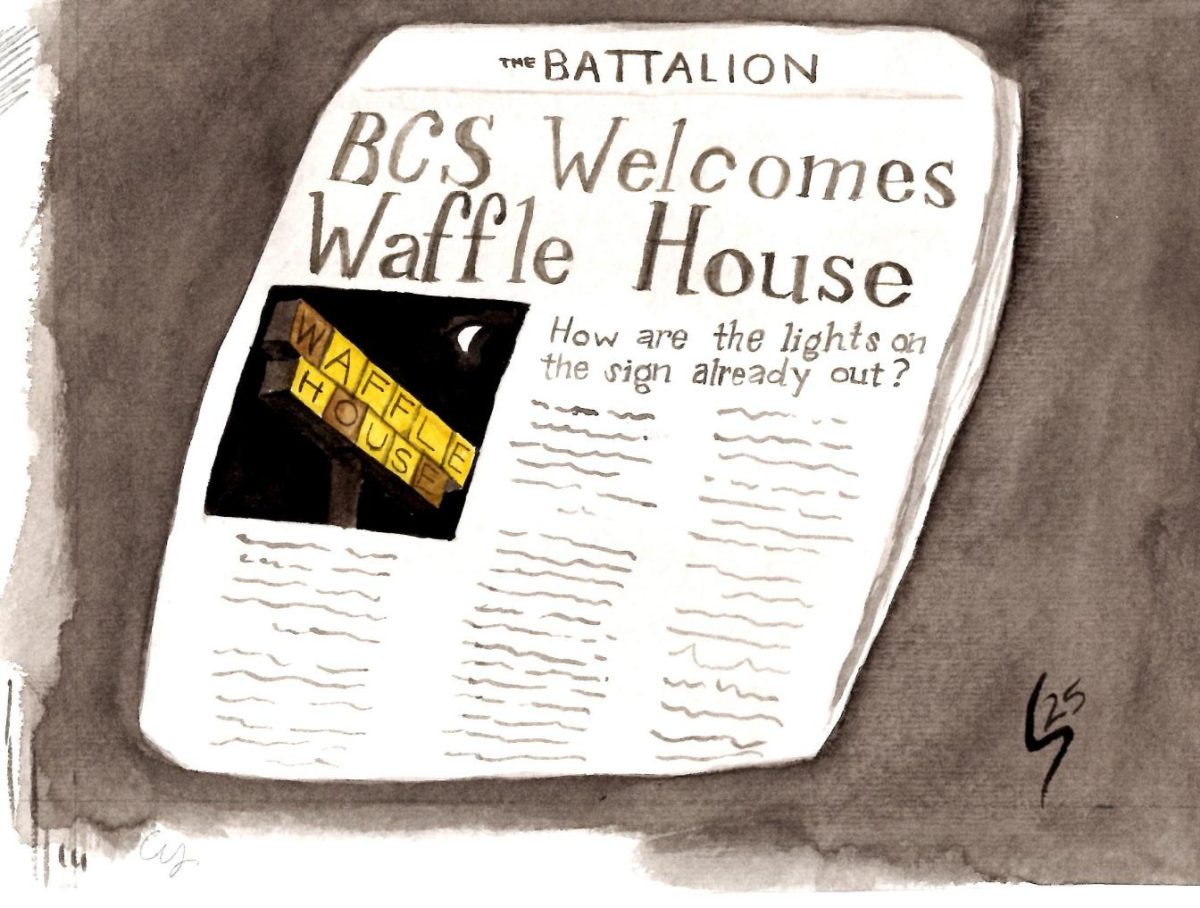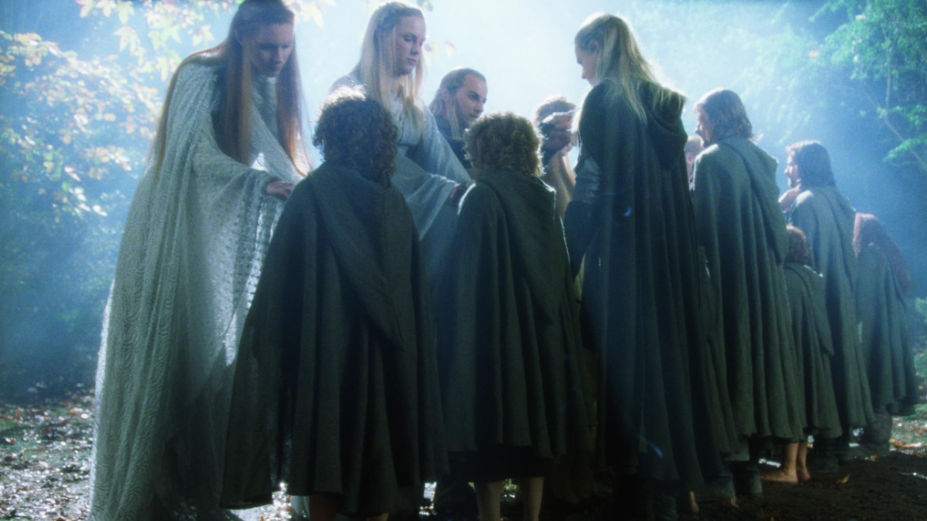As you approach Texas A&M from the southeast, the first structure which peeks over the horizon is Kyle Field.
It isn’t the Quad, the home of A&M’s Corps of Cadets. It isn’t a building dedicated to Sul Ross, A&M’s beloved if controversial third president. It isn’t a memorial to George H.W. Bush, the one-time commander-in-chief who is buried on campus and for whom A&M’s school of government is named.
No, the most prominent member of A&M’s skyline is a 1.3-million square-foot sporting arena. Seating just over 102,000 fans, or roughly 1.5-times A&M’s student population, the stadium is in use for its primary purpose, the playing of hour-long football games, for a whopping six days out of the year.
Why does A&M have such a strange and incongruous appendage? You already know the answer: money.
Consider this when the NCAA — those Chicken Littles constantly fretting that every change will cause the sky to fall — tries to sell you on the fiction that “college” athletics and “amateur” athletics are synonymous, that esprit de corps is more important to players than money, that to pay college athletes will dilute profits because fans are primarily interested in amateurism.
Such justifications are factual inaccuracies strung together by logical fallacies. They don’t survive a moment’s worth of serious thought.
College athletics and amateur athletics are synonymous?
Over the three years before the pandemic, A&M’s football program averaged $94 million in annual revenue, more than any other college football program in the country. (For those who are curious, “t.u.” averaged $92 million over the same time frame, and Alabama averaged $61 million.) The sport’s 25 most valuable programs, according to Forbes, generate $1.5 billion in profits annually.
No amateur effort in the history of humankind has made $1.5 billion over the course of a single year.
Esprit de corps is more important to players than pay?
Surely Adam Smith is turning over in his grave! The butcher, the brewer and the baker may not provide their services out of benevolence, but Smith did not consider the modern American footballer. The NCAA seems to be arguing that “The Wealth of Nations,” having had its world debut just 117 days before America’s, may well be in need of revision. Such is the spirit that can ne’er be told.
Still, one wonders: What are Aggies to make of Jimbo Fisher’s commitment to A&M given his $75 million price tag? Never mind.
Fans are primarily interested amateurism?
Based on what evidence? The NCAA offers none, and so we must fall on the old chestnut that any position asserted without evidence can be dismissed without evidence as well.
Indeed, the fact that these questions are the boundaries within which we discuss player compensation only further clarifies the firm grip the NCAA has on the conversation as a whole. Truly, if we were to grant the NCAA’s premises, we would still be left to ponder their relevance.
Put another way: Who cares if college sports and amateur sports are, in fact, synonymous? What does it matter if college athletes were driven more by school spirit than money? So what if the reason “most” watch college football is because of the amateur status of the players?
Tough. Ags might enjoy Fisher ripping into a referee on occasion, but that isn’t why they pay the price of admission. Fans spend the money to watch the players play, and as such, those players are entitled to a cut of the profit.
Supreme Court Justice Brett Kavanaugh, in a recent concurrence on the legality of the NCAA’s payment schemes, said it best: “The NCAA’s business model would be flatly illegal in almost any other industry in America. All of the restaurants in a region cannot come together to cut cooks’ wages on the theory that ‘customers prefer’ to eat food from low-paid cooks. Law firms cannot conspire to cabin lawyers’ salaries in the name of providing legal service out of a ‘love of the law.’”
And how. What Kavanaugh understands is this: Yes, there are occasions in which questions must have all their nuances sorted with a perspicacious eye. But there are still other occasions in which one must look at the profound simplicity of the matter and emphatically say to the Chicken Littles of the world: Fiat justitia, ruat caelum!
















